Give the decreasing order of the relative reactivity towards SE reaction of the following compounds.
a. I. Benzene, II. Phenol, III. Aniline, IV. Chlorobenzene
To determine the decreasing order of relative reactivity towards electrophilic substitution (SE) reactions for the given compounds (Benzene, Phenol, Aniline, and Chlorobenzene), we need to analyze the electron-donating or withdrawing effects of the substituents present on each compound.
1. Identify the Compounds:
- I. Benzene
- II. Phenol
- III. Aniline
- IV. Chlorobenzene
2. Understand Electrophilic Substitution (SE) Reactions:
- Electrophilic substitution reactions are favored by compounds that can donate electron density to the aromatic ring, making it more nucleophilic and reactive towards electrophiles.
3. Assess the Effects of Substituents:
- Benzene: No substituents; it has a neutral reactivity.
- Phenol (C6H5OH): The -OH group is an electron-donating group (+R effect) due to resonance, making the ring more nucleophilic.
- Aniline (C6H5NH2): The -NH2 group is also an electron-donating group (+R effect) and is more effective than -OH because nitrogen is less electronegative than oxygen, allowing better donation of electron density.
- Chlorobenzene (C6H5Cl): The -Cl group is an electron-withdrawing group (-I effect) due to its electronegativity, which decreases the nucleophilicity of the ring, making it less reactive towards SE reactions compared to the others.
4. Rank the Compounds Based on Reactivity:
- Aniline has the highest reactivity due to the strong +R effect of the -NH2 group.
- Phenol follows, as the -OH group also provides a +R effect but is less effective than -NH2.
- Chlorobenzene is next, as the -Cl group is deactivating due to its -I effect.
- Benzene has the lowest reactivity, as it has no substituents to enhance its nucleophilicity.
5. Final Order of Reactivity:
- Decreasing Order of Reactivity: Aniline > Phenol > Chlorobenzene > Benzene
Summary of the Order:
1. Aniline
2. Phenol
3. Chlorobenzene
4. Benzene
- I. Benzene
- II. Phenol
- III. Aniline
- IV. Chlorobenzene
- Electrophilic substitution reactions are favored by compounds that can donate electron density to the aromatic ring, making it more nucleophilic and reactive towards electrophiles.
- Benzene: No substituents; it has a neutral reactivity.
- Phenol (C6H5OH): The -OH group is an electron-donating group (+R effect) due to resonance, making the ring more nucleophilic.
- Aniline (C6H5NH2): The -NH2 group is also an electron-donating group (+R effect) and is more effective than -OH because nitrogen is less electronegative than oxygen, allowing better donation of electron density.
- Chlorobenzene (C6H5Cl): The -Cl group is an electron-withdrawing group (-I effect) due to its electronegativity, which decreases the nucleophilicity of the ring, making it less reactive towards SE reactions compared to the others.
- Aniline has the highest reactivity due to the strong +R effect of the -NH2 group.
- Phenol follows, as the -OH group also provides a +R effect but is less effective than -NH2.
- Chlorobenzene is next, as the -Cl group is deactivating due to its -I effect.
- Benzene has the lowest reactivity, as it has no substituents to enhance its nucleophilicity.
- Decreasing Order of Reactivity: Aniline > Phenol > Chlorobenzene > Benzene
1. Aniline
2. Phenol
3. Chlorobenzene
4. Benzene
Topper's Solved these Questions
- AROMATIC COMPOUNDS AND ALKYL AND ARYL HALIDES BOOK - CENGAGE CHEMISTRY ENGLISHCHAPTER - AROMATIC COMPOUNDS AND ALKYL AND ARYL HALIDES EXERCISE - Solved Examples
21 Videos
- AROMATIC COMPOUNDS AND ALKYL AND ARYL HALIDES BOOK - CENGAGE CHEMISTRY ENGLISHCHAPTER - AROMATIC COMPOUNDS AND ALKYL AND ARYL HALIDES EXERCISE - Solved Problems
37 Videos
- APPENDIX INORGANIC VOLUME 2BOOK - CENGAGE CHEMISTRY ENGLISHCHAPTER - APPENDIX INORGANIC VOLUME 2EXERCISE - Short Answer Type
179 Videos
- BIOMOLECULESBOOK - CENGAGE CHEMISTRY ENGLISHCHAPTER - BIOMOLECULESEXERCISE - Exercises Archives (Analytical And Descriptive)
8 Videos
Similar Questions
Knowledge Check
The correct decreasing order of relative reactivity of the following chlorides toward aqueous KOH solution
 AP>Q>R>SBP>R>Q>SCS>R>Q>PDR>S>Q>P
AP>Q>R>SBP>R>Q>SCS>R>Q>PDR>S>Q>P
Give the decreasing order of reactivity of Diels − Alder reactions
for the following :
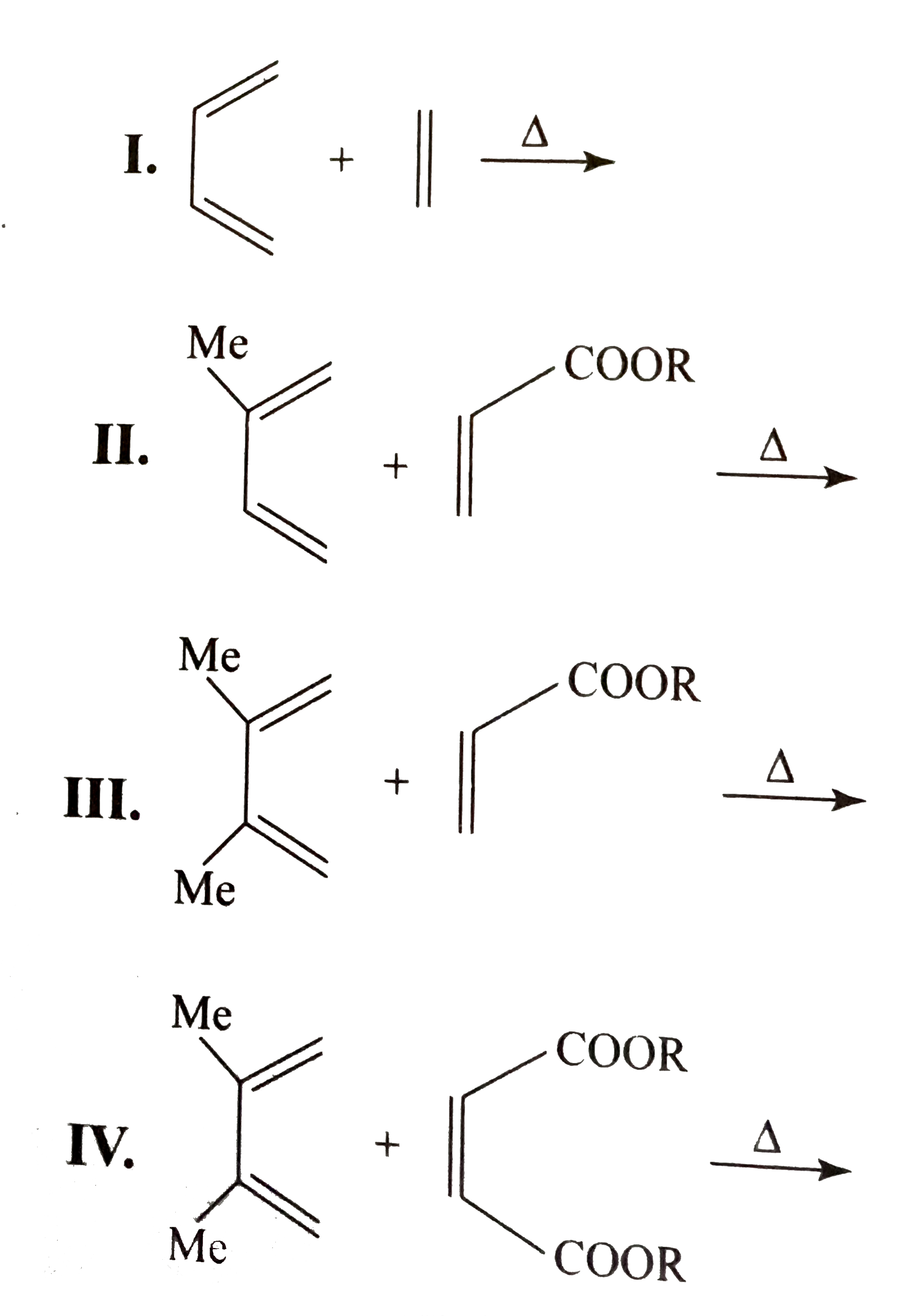
View SolutionThe decreasing order of reactivitly towards dehydrohalogenation (E1) reaction of the following compounds is:

View SolutionThe decreaing order of the rate of niration of the following compounds is
I. Benzene, II. C6D6
III. Nitrobenzene, IV Chlorobenzene
View SolutionGive the order of reactivity towards aqueous HCOOH of the following.
 .
.
View SolutionGive decreasing order of the following towards NA reaction.
I.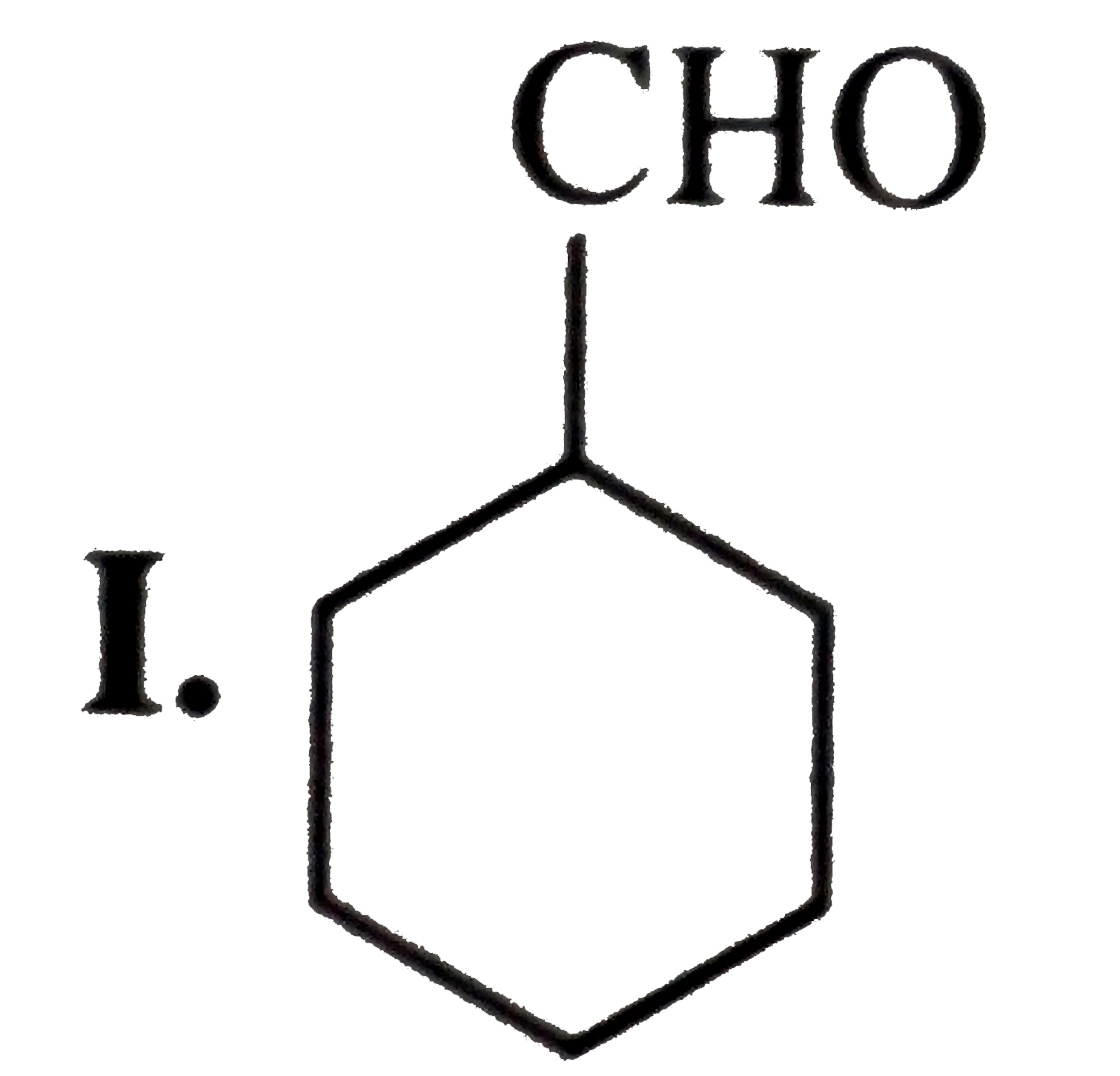 II.
II. 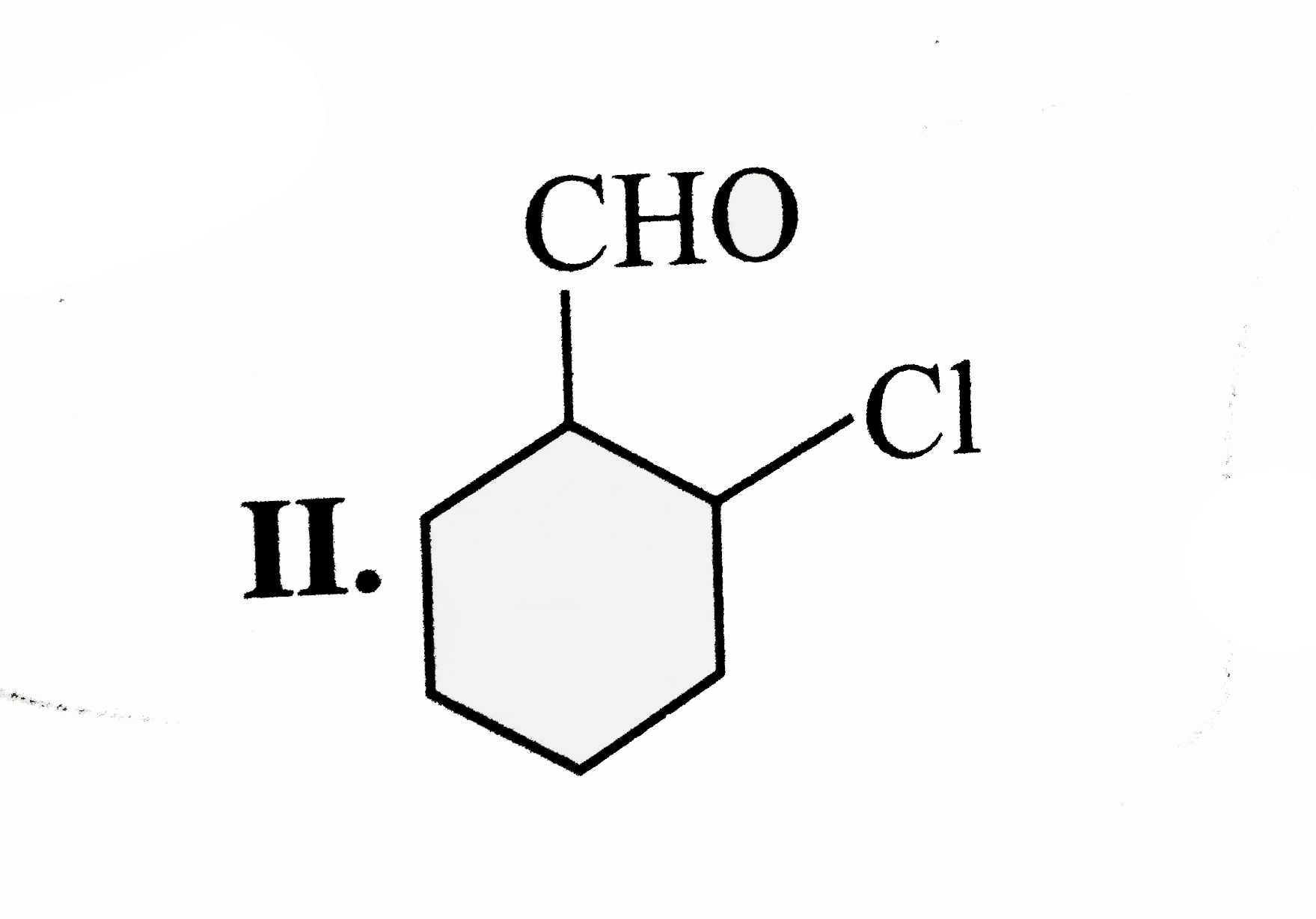
III. IV.
IV. 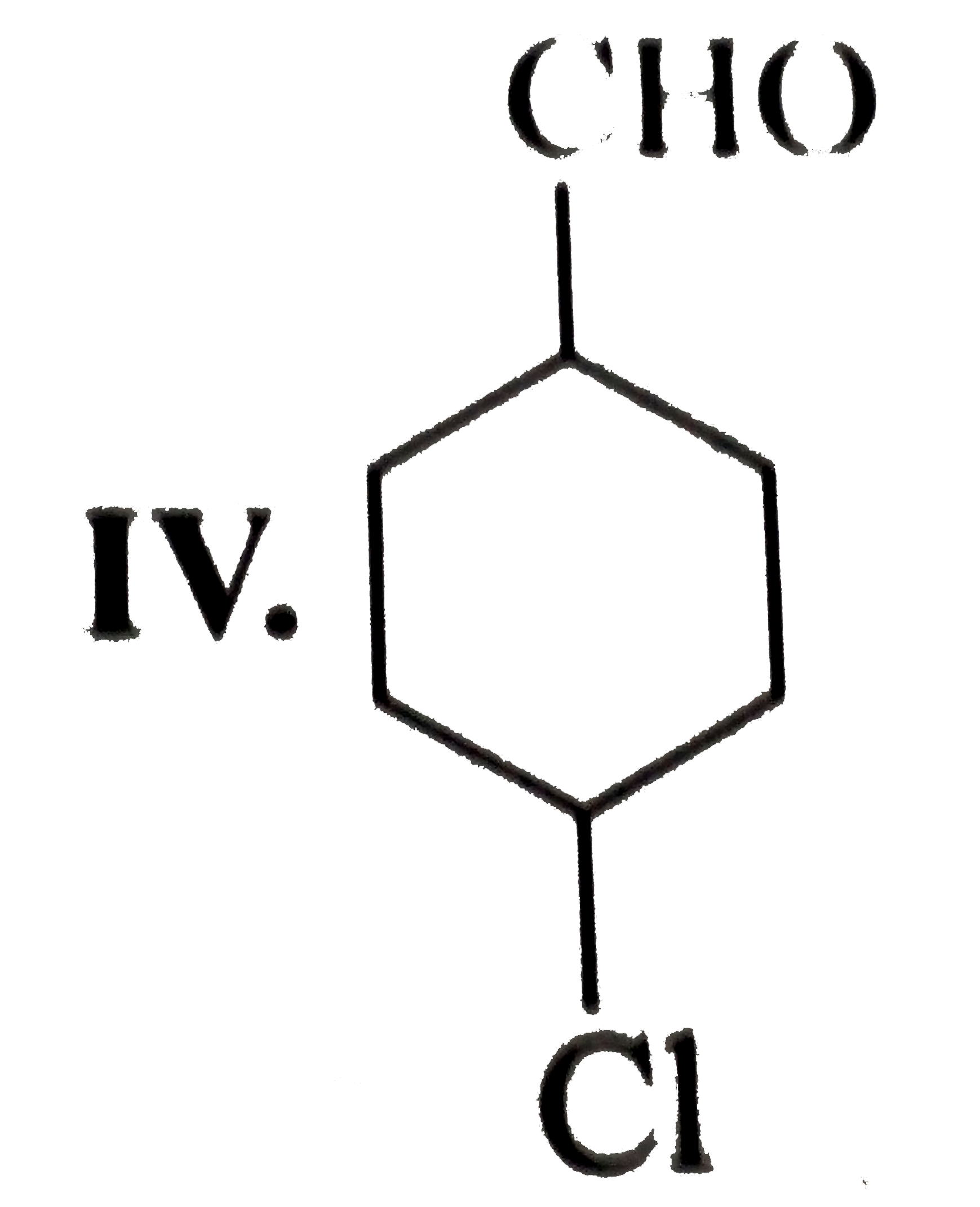
View SolutionGive the decreasing order of reactivity of the following compounds with HBr.
(I)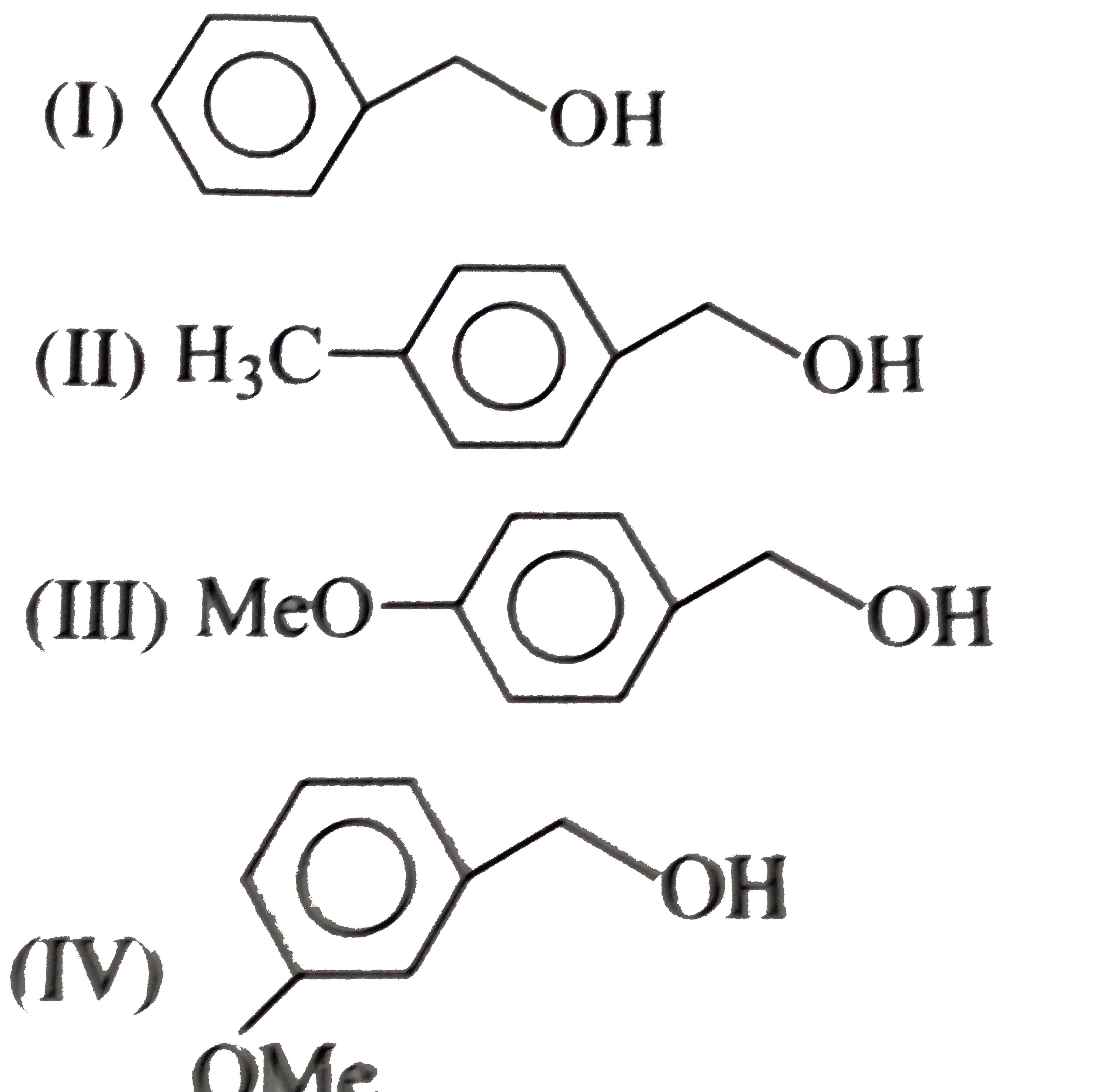
View SolutionGiven the decreasing order of reactivity of the following compounds with HBr.
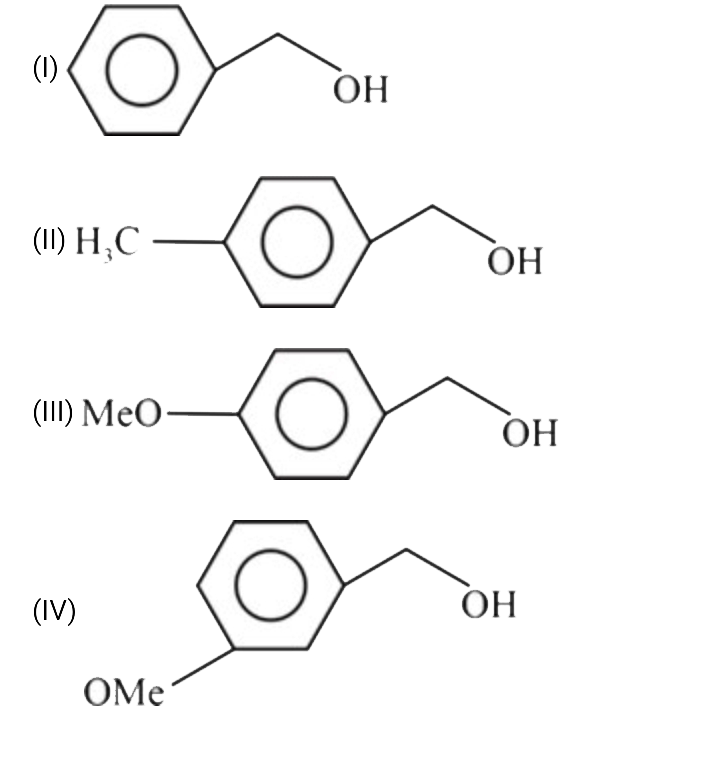
View Solution


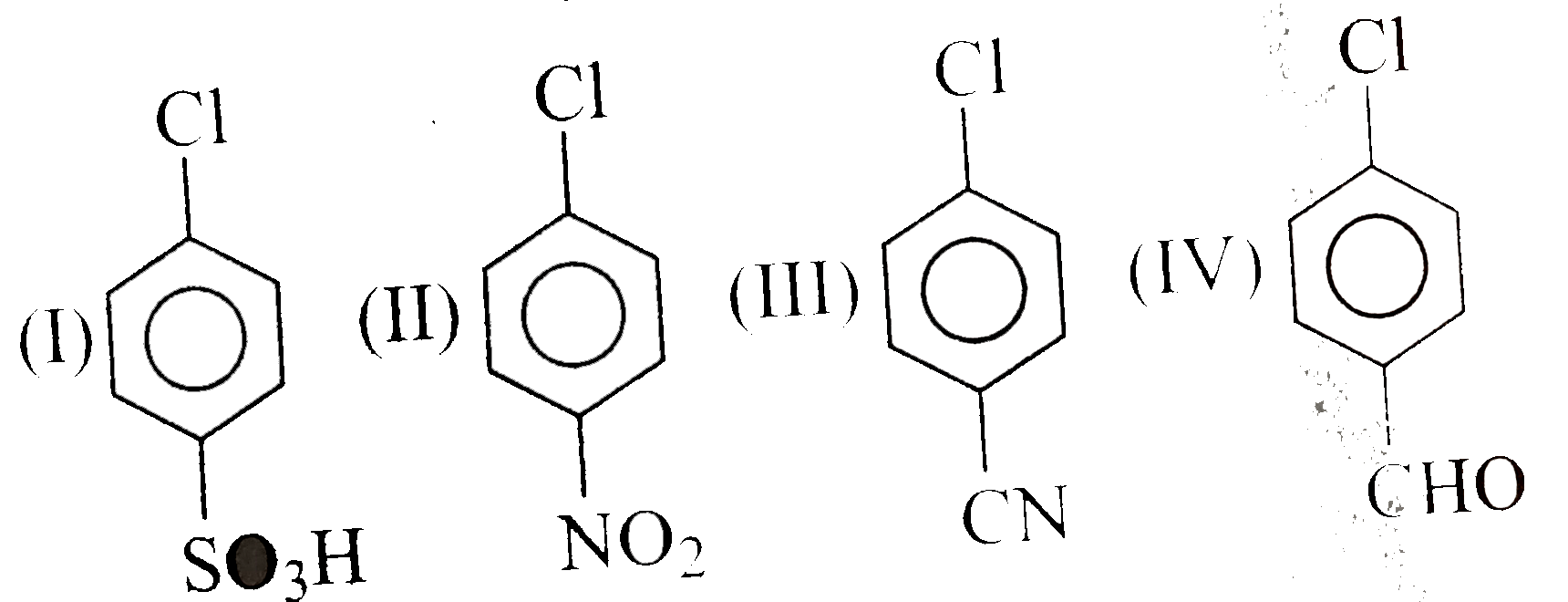 .
.